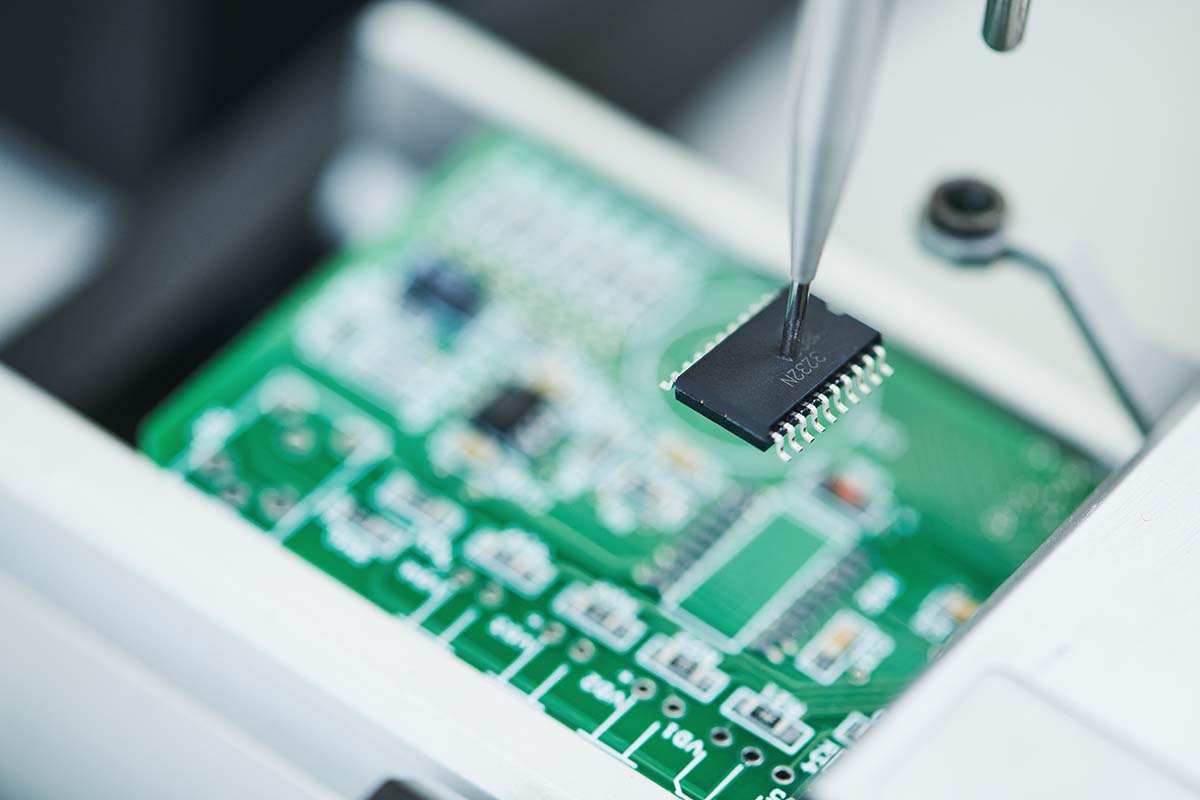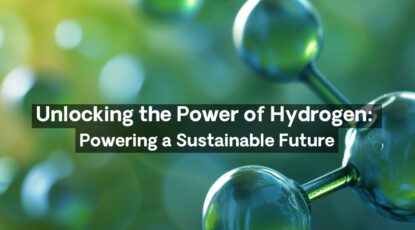Resiliency is more than just a catch phrase for the energy transition—it is essential to it. Extreme weather continues to be the number one cause of power outages in the United States. Each time the grid goes down, economic output, wages, inventory, production, and the grid’s infrastructure itself take a hit, resulting in billions of dollars lost and production delays for businesses.
In fact, weather-related power outages cost the United States an estimated $18 billion to $33 billion per year between 2003 and 2012. During years with severe storms, such as Superstorm Sandy in 2012, the annual average economic impact jumps to $52 billion. And with extreme weather events increasing, the economic impact is only going to worsen.
There’s an urgent need for businesses to implement an energy strategy alongside a business strategy to weather-proof their operations—an energy strategy that includes resiliency against unpredictable weather as well as a viable path to lowering carbon emissions.
The global transition to clean energy will rely heavily on wind and solar. But these intermittent technologies are limited in their ability to provide the level of resiliency that businesses require, especially in an age of increasing extreme weather events. Many organizations, even with battery and solar microgrids, still rely on dirty back-up diesel generators to provide the resiliency they need.
Powering Industries
One way to overcome renewable intermittency is by tapping into fuel cell powered microgrids that can quickly respond and provide service to the grid to keep supply and demand in balance.
Fuel-cell powered microgrids are not limited by intermittency and availability, the issues that other renewable, distributed energy technologies are. Microgrids generate electricity on-site, independent of the utility grid, to protect against outages. Fuel cells generate power with a fuel source, such as biogas, hydrogen, or responsibly sourced natural gas, and oxygen, meaning they are not limited by daily or seasonal weather, either.
Hospitals
Hospitals must continue to operate on a resilient, reliable energy supply by mandate, even during outages caused by storms. Unfortunately, this mandate, and the lack of widely available clean and resilient power solutions, leads to hospitals depending on diesel generators to support essential functions during an outage. Diesel generators are known to be major air polluters, releasing cancer-causing toxins like NOx and SOx, and harming the overall health of the community. Moreover, hospitals may not be able to perform certain procedures while operating on diesel generators.
Microgrids provide clean, resilient power that allows hospitals to island their power requirements, reducing the need to rely on “dirty” options like diesel backup power.
By using fuel cells in a microgrid configuration, Bloom provides a steady and resilient source of power for hospitals, meaning the diesel generators will remain on standby and those procedures discussed earlier may continue
In Ontario, California, Kaiser Permanente is developing a microgrid designed to demonstrate that hospitals can incorporate renewable energy and move away from diesel generators. Kaiser will deploy three hospital microgrids across three different utility territories. Kaiser’s microgrid is an example of renewable solar power, 1 MW of solid oxide fuel cells from Bloom Energy, and battery storage combining to eliminate the use of diesel back-up generators at hospitals.
Retail
One in three retailers lose power every month. Of those, 41 percent are without power to operate their business for over 1 hour.
Retailers operate a diverse range of facilities, each with their own unique energy needs. Whether it’s a store, a distribution center, a warehouse or a production plant, a key challenge is figuring out the most impactful way to move the needle and maintain profitability when competition is stiff and margins are thin. Moreover, many retailers must remain open, even during extreme weather events, to serve customers in times of need. As a result, retailers must be able to rely on a resilient, clean, uninterruptible power source during storms that often knock out power to the grid.
In 2019, a heat wave and storms on the East Coast led to power outages that plunged parts of New York into darkness for up to six hours, impacting a large national retail chain. Throughout, the retailer’s stores in the area remained open, powering through with the Bloom Energy microgrid. Although the power grid was down, each of these stores receives almost all of their power from Bloom fuel cells, and each of these power systems were thus able to operate independently of the utility grid as a microgrid.
Importantly, the Home Depot Stores in Halfmoon, Saratoga and Amsterdam were able to eliminate the need for dirty back-up diesel generators altogether, powering all their critical needs from the Bloom fuel cells. In addition to providing resilient power, fuel cells cut greenhouse gas emissions significantly – in some cases by 50 percent – compared to using traditional power sources.
Data Centers
Data centers keep our digital world running, powering almost every aspect of our economy today, and consuming close to 3 percent of global electricity in the process.
The combination of a nearly constant electrical load and the need for a high degree of reliability make data centers well suited for on-site electrical generation. There are steep financial, and security, consequences if a data center were to experience an outage. For instance, the cost of a data center outage has grown to $8,851 per minute of downtime, according to a 2016 report by Ponemon Institute. Moreover, 19 percent of data centers experienced an outage every month in 2017.
The growing threat of grid constraints and supply disruption are causing more data centers to turn to on-site power generation alternatives to diesel fuel. As part of their vision for the data center of the future, Equinix partnered with Bloom to use our system as primary power generation, with the grid as backup.
This investment was a key milestone in Equinix’s corporate sustainability program to make a positive impact on their employees and the communities in which it operates. In addition to providing 24/7 always-on power to the data centers, the Equinix fuel cell program operates much more efficiently, providing power that is 20-45 percent cleaner than their standard utility-provided grid fuel.
Semiconductors
Semiconductor manufacturers typically must run 24 hours a day to be economically efficient. Any sudden interruption to the complex photolithographic process used to make the chips would damage the work in progress and result in lost production and revenue. They typically require UPS-quality power, as a sub second interruption can cause massive disruption in the manufacturing process.
During the massive winter storm that caused millions of power outages in Texas in 2021, several semiconductor factories shut down, causing supply chain delays. Among them was NXP Semiconductor, one of the largest manufacturers for chips used by automakers, which had two plants in the Austin area idle, and Samsung Electronics, the largest consumer of electricity on Austin Energy’s power grid. Even after power was restored, it was weeks before the companies could resume operations, resulting in hundreds of millions of dollars lost.
Meanwhile, some of the largest chip making plants are emitting millions of tons of CO2 and consuming billions in kilowatt hours of energy, making them well-suited for a clean, efficient energy solution.

A Versatile Solution
In an earlier blog post, we discussed Public Safety Power Shutoffs in California that are designed to protect against wildfires that could be caused during times of high winds or severe weather. We explored how fuel cell-powered microgrids kept the heat and lights on during severe snowstorms in New England. The threat of extreme weather and public safety power shutoffs are only two examples of impacts of extreme weather events increasingly wreaking havoc around the world.
Now is the time to protect your business. Resilient power reduces risk.
Avoid down time and dollars lost to unexpected outages. Bloom Energy’s solid oxide fuel cell (SOFC) technology operates free from the intermittency and availability constraints of other green technology, while delivering uninterrupted power. Our fuel cells are fuel-flexible, and operate independent from the power grid.



